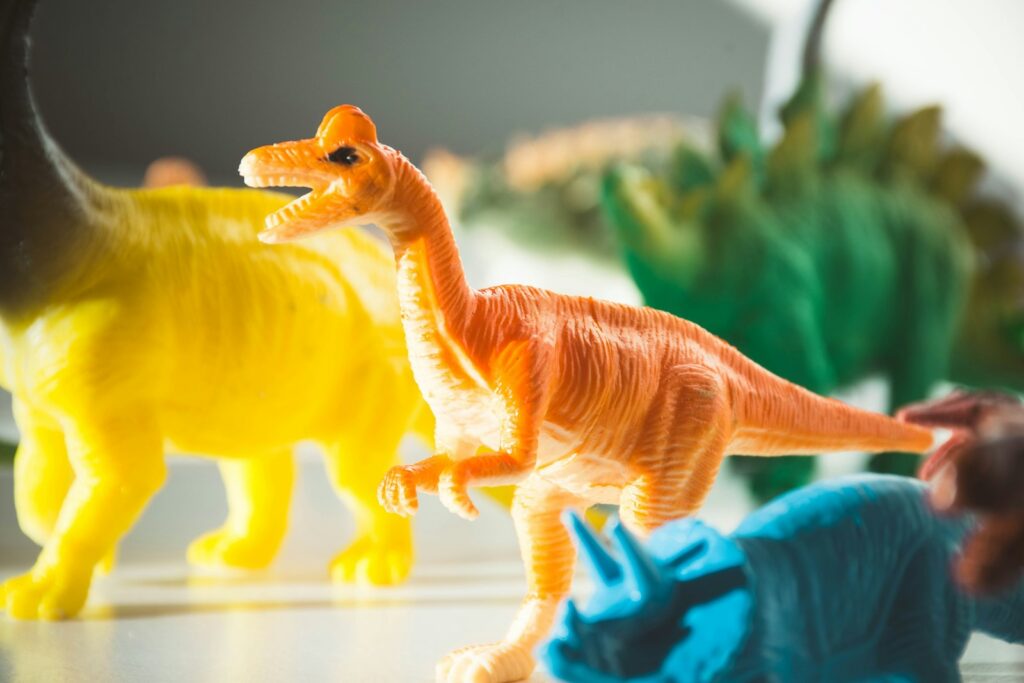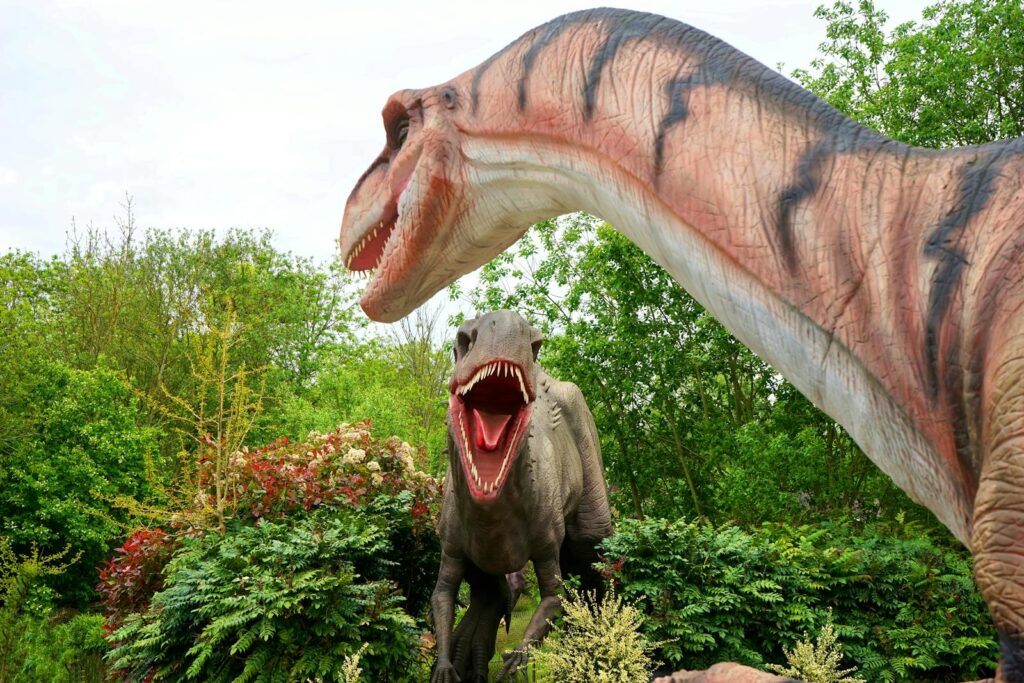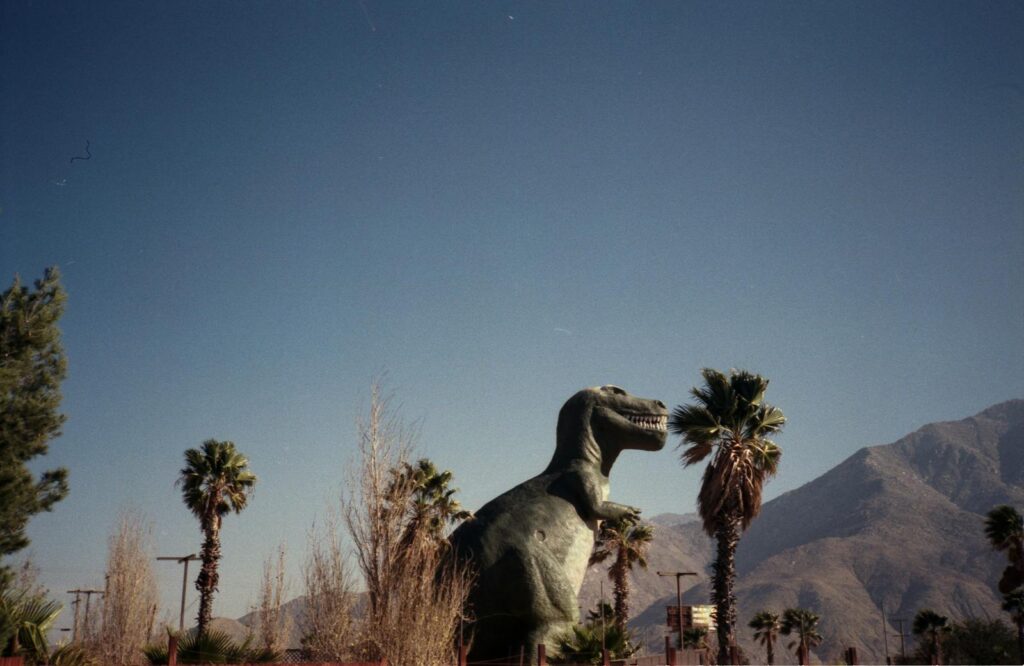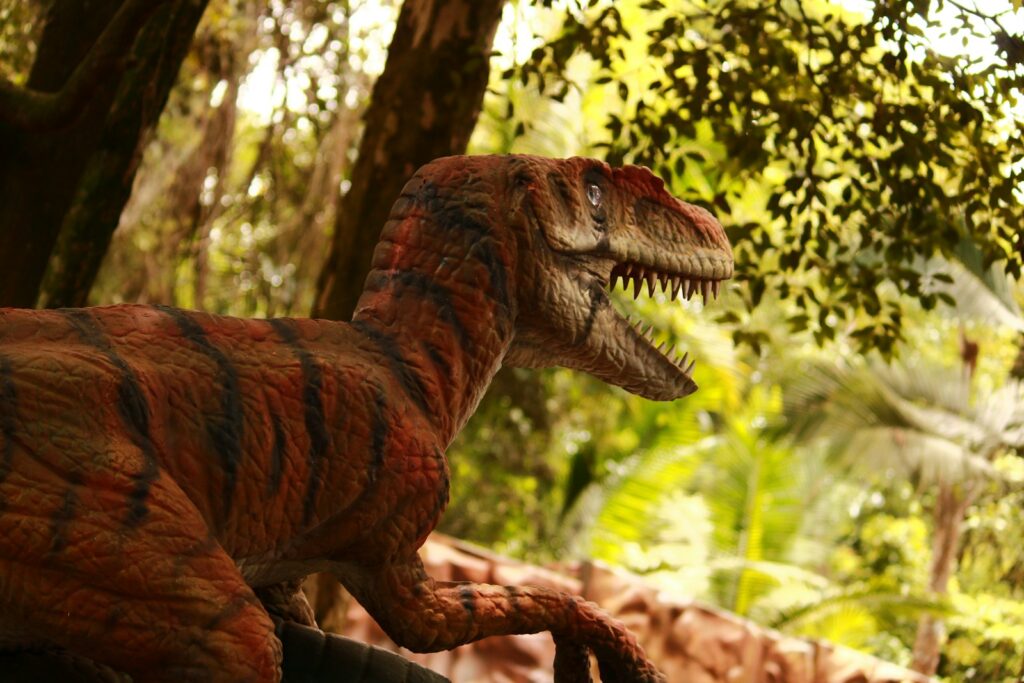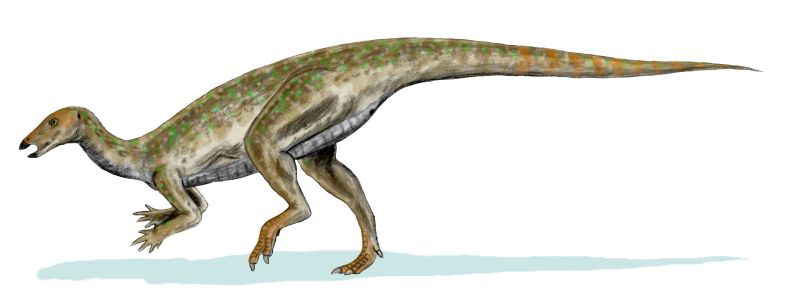Could Some Dinosaurs Have Glowed in the Dark?
The world of paleontology continues to evolve with fascinating new discoveries challenging our understanding of dinosaurs. Among the most intriguing recent hypotheses is the possibility that some dinosaur species may have possessed bioluminescent capabilities—essentially, they might have glowed in the dark. This concept, once relegated to the realm of science fiction, has gained scientific traction ...

